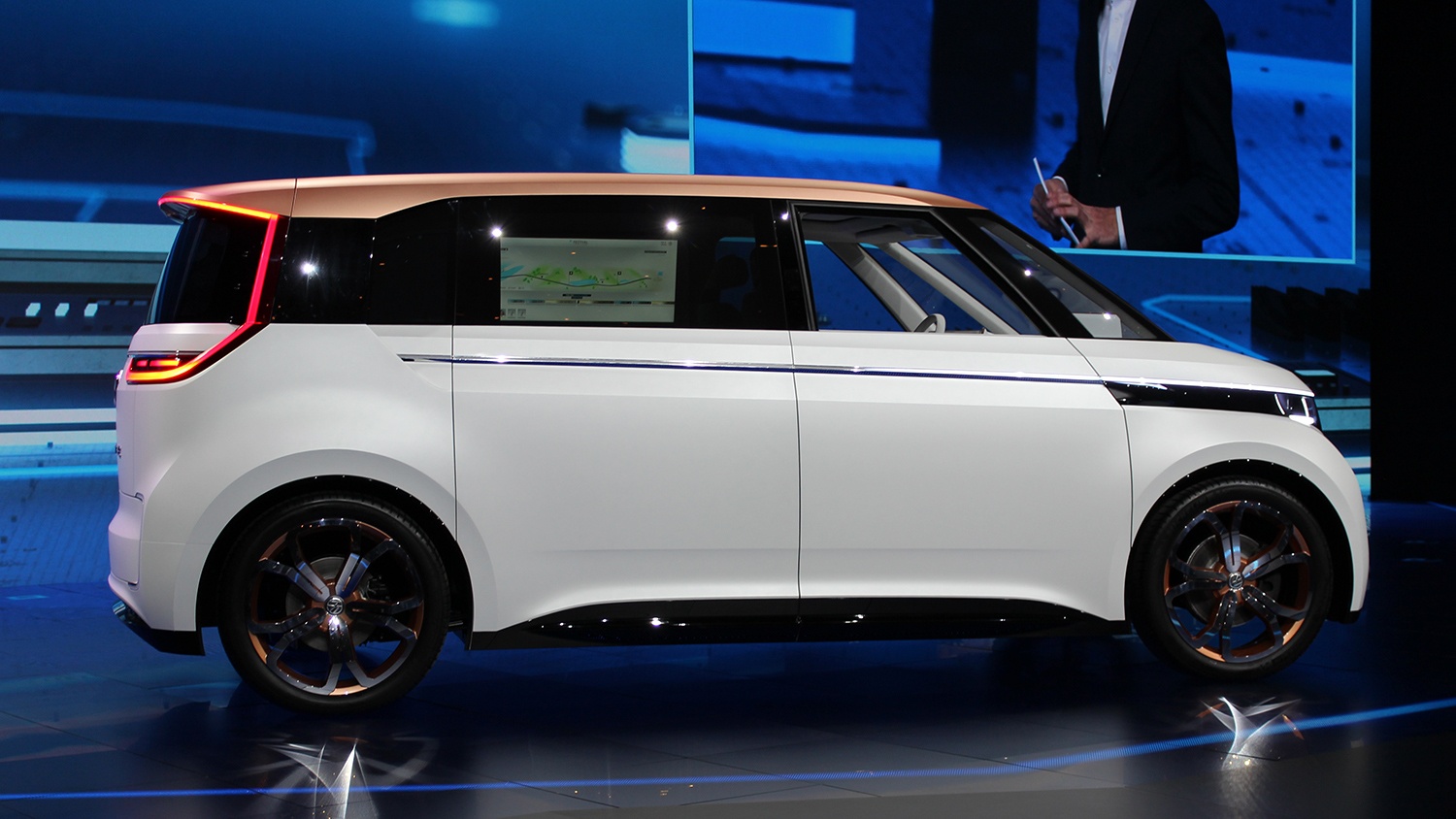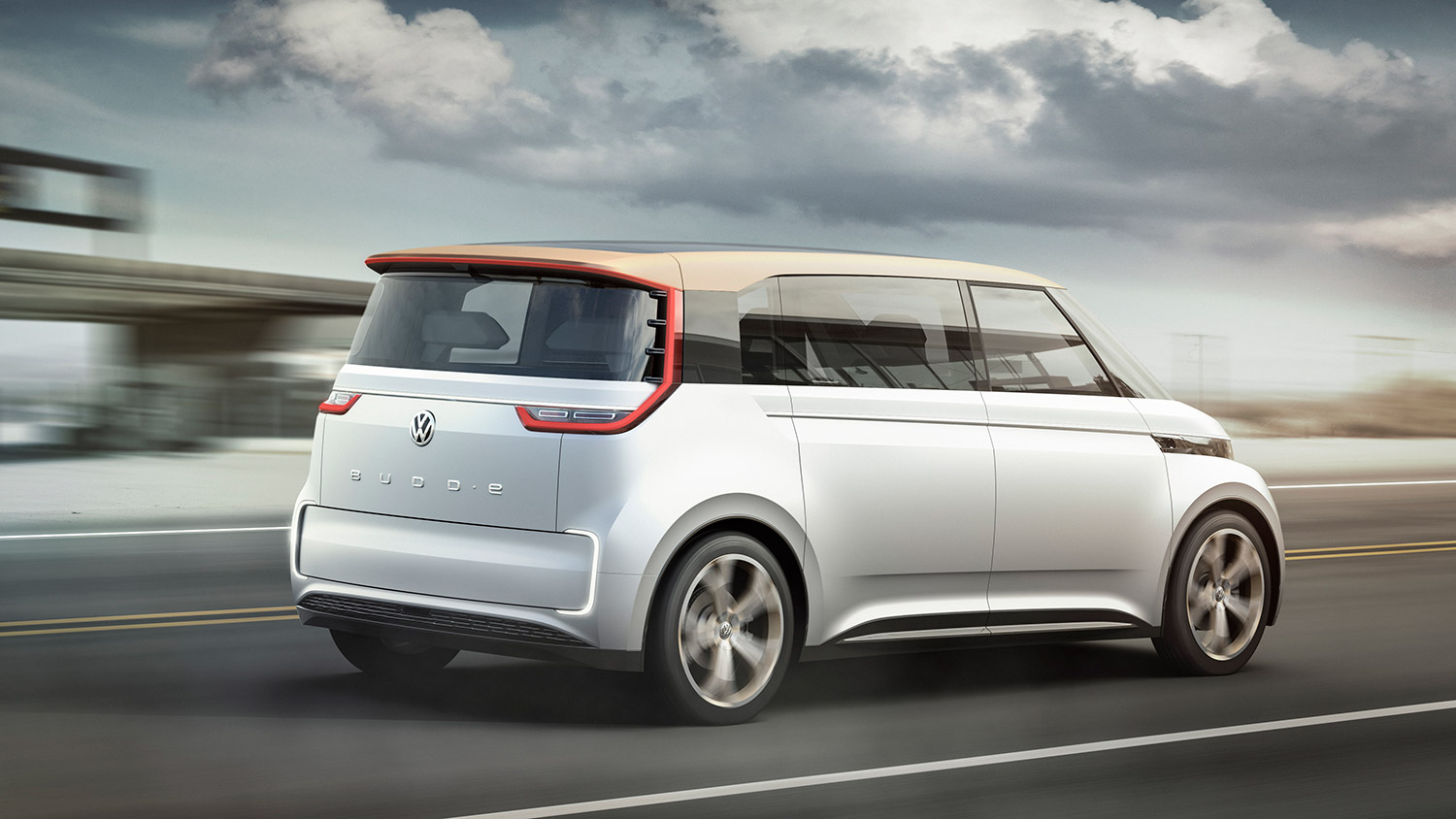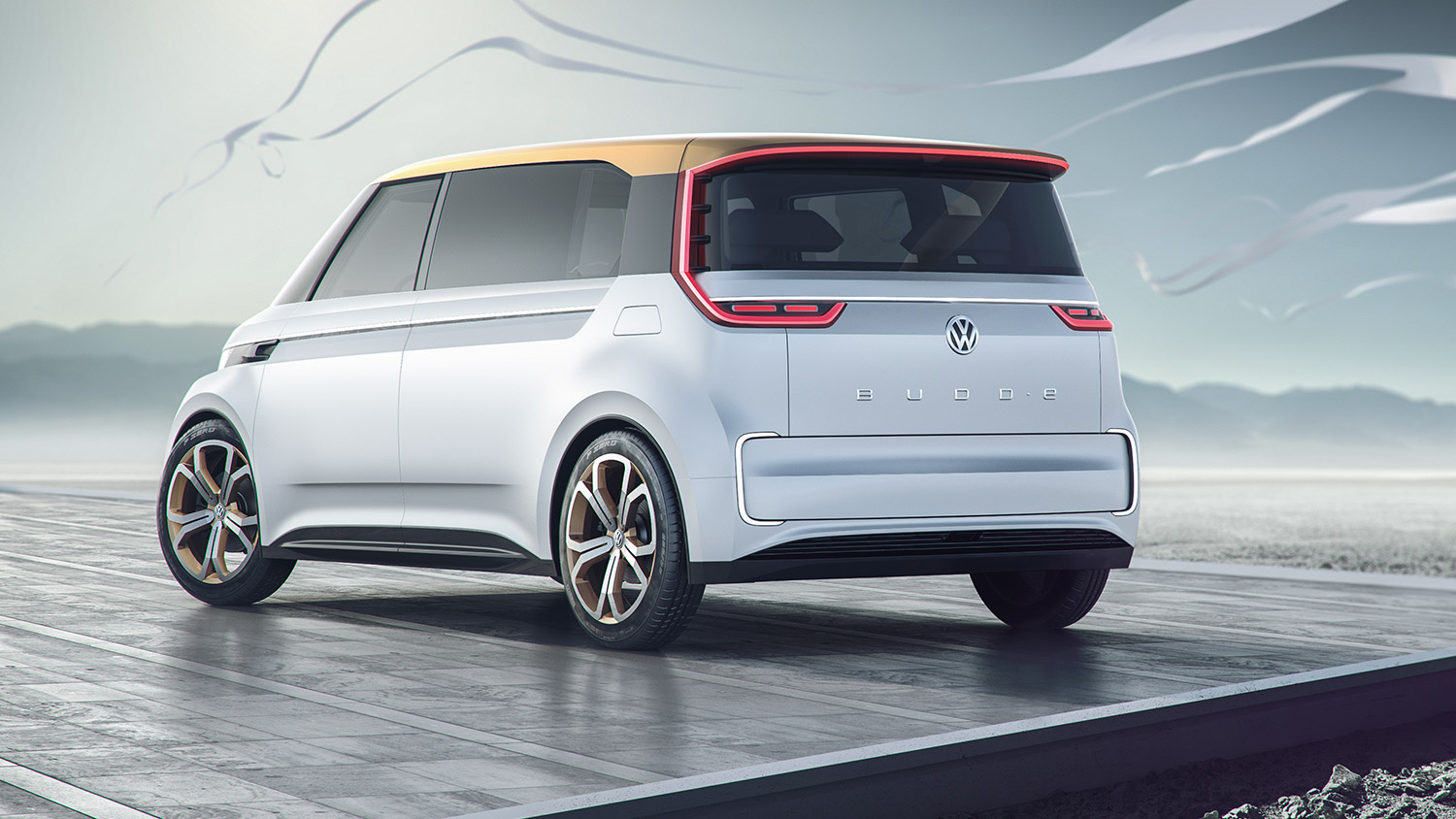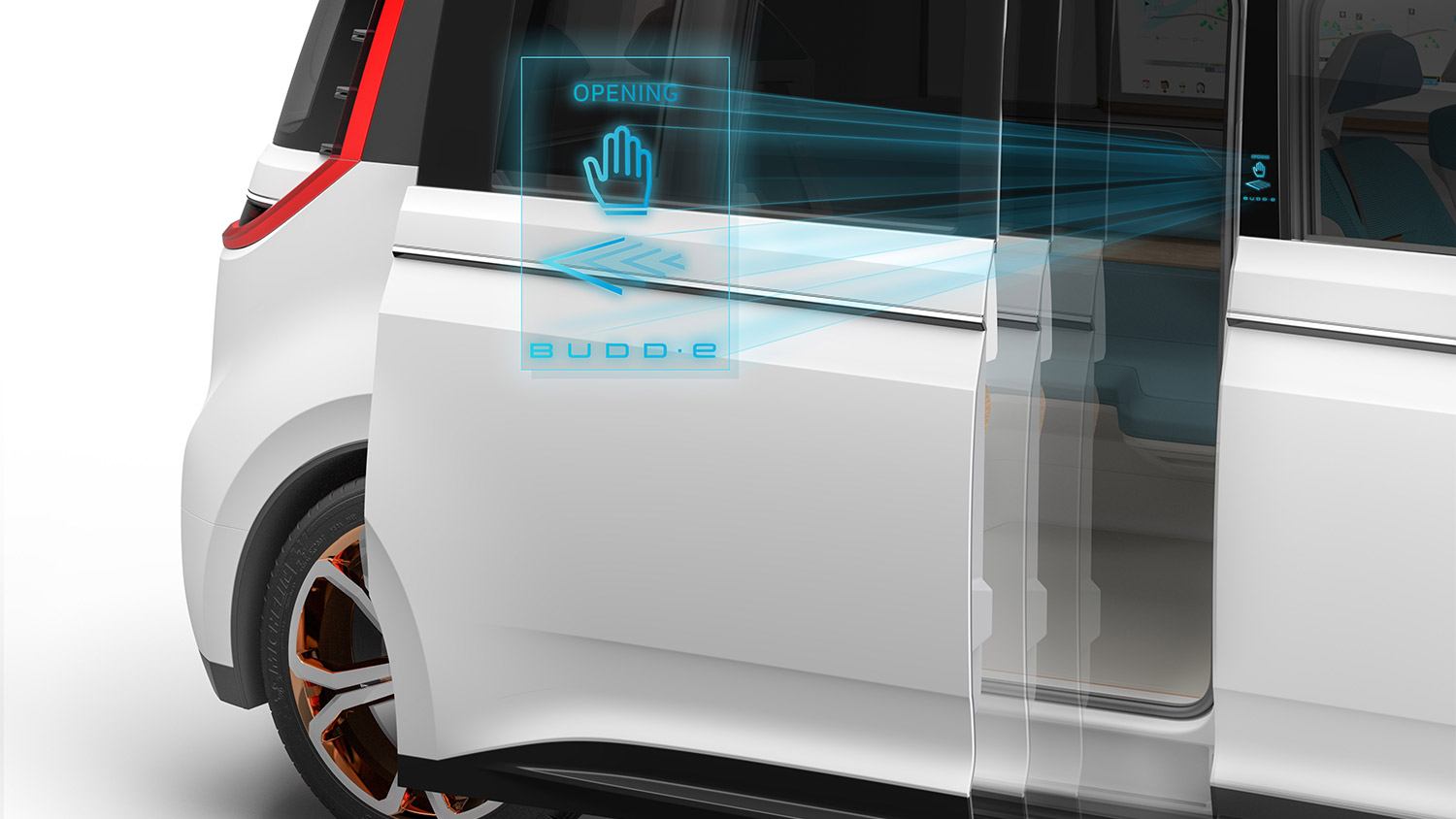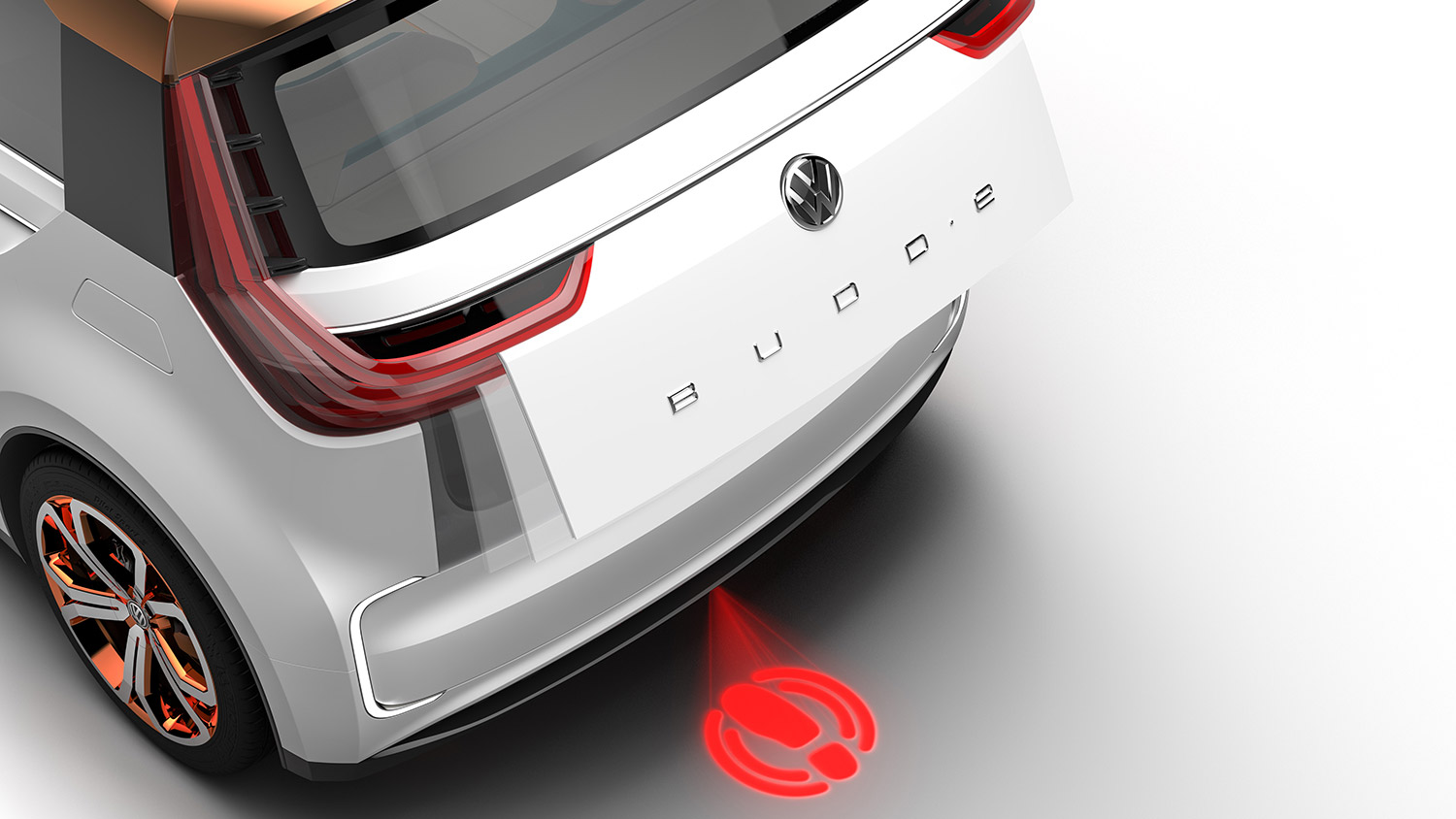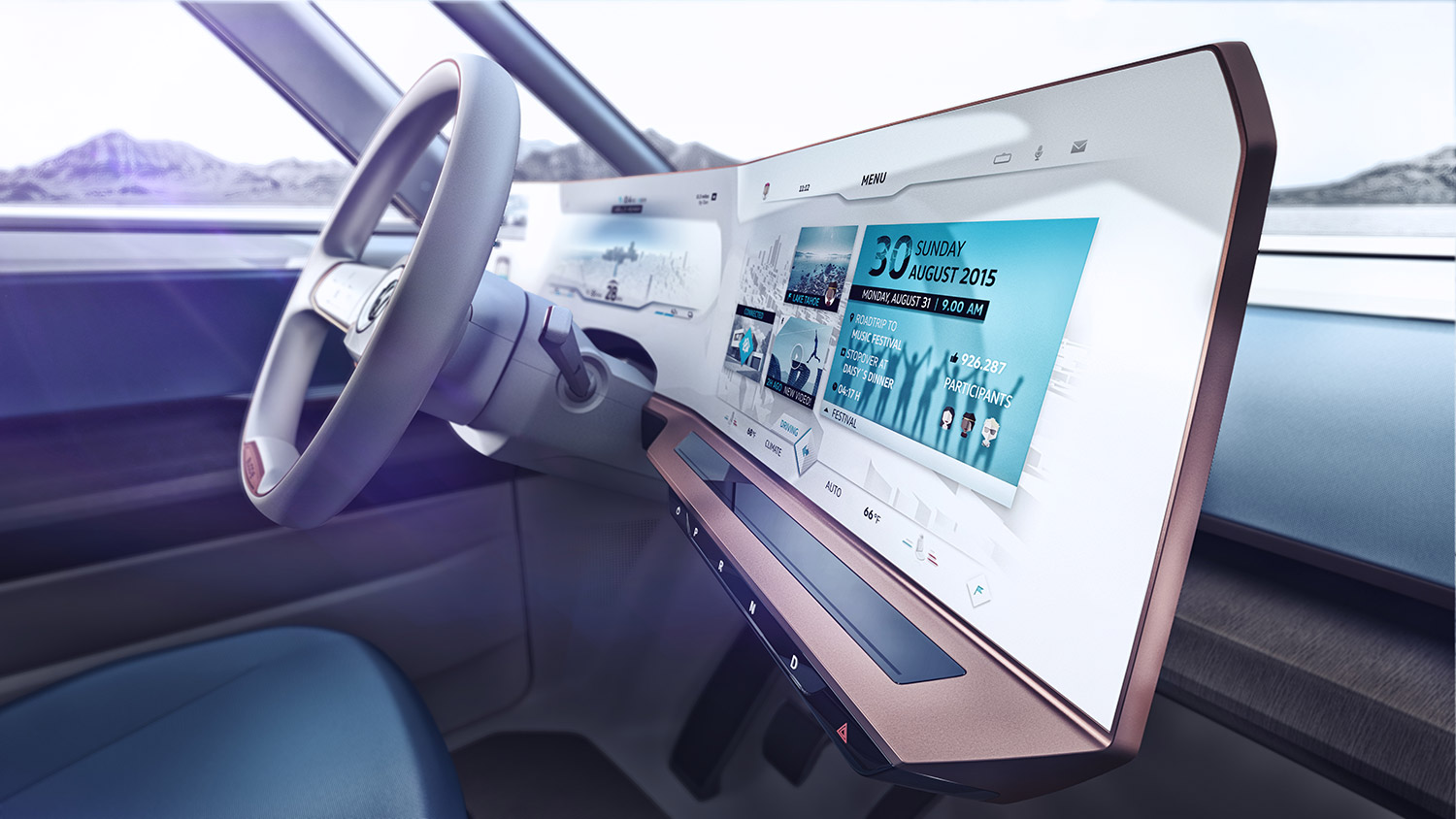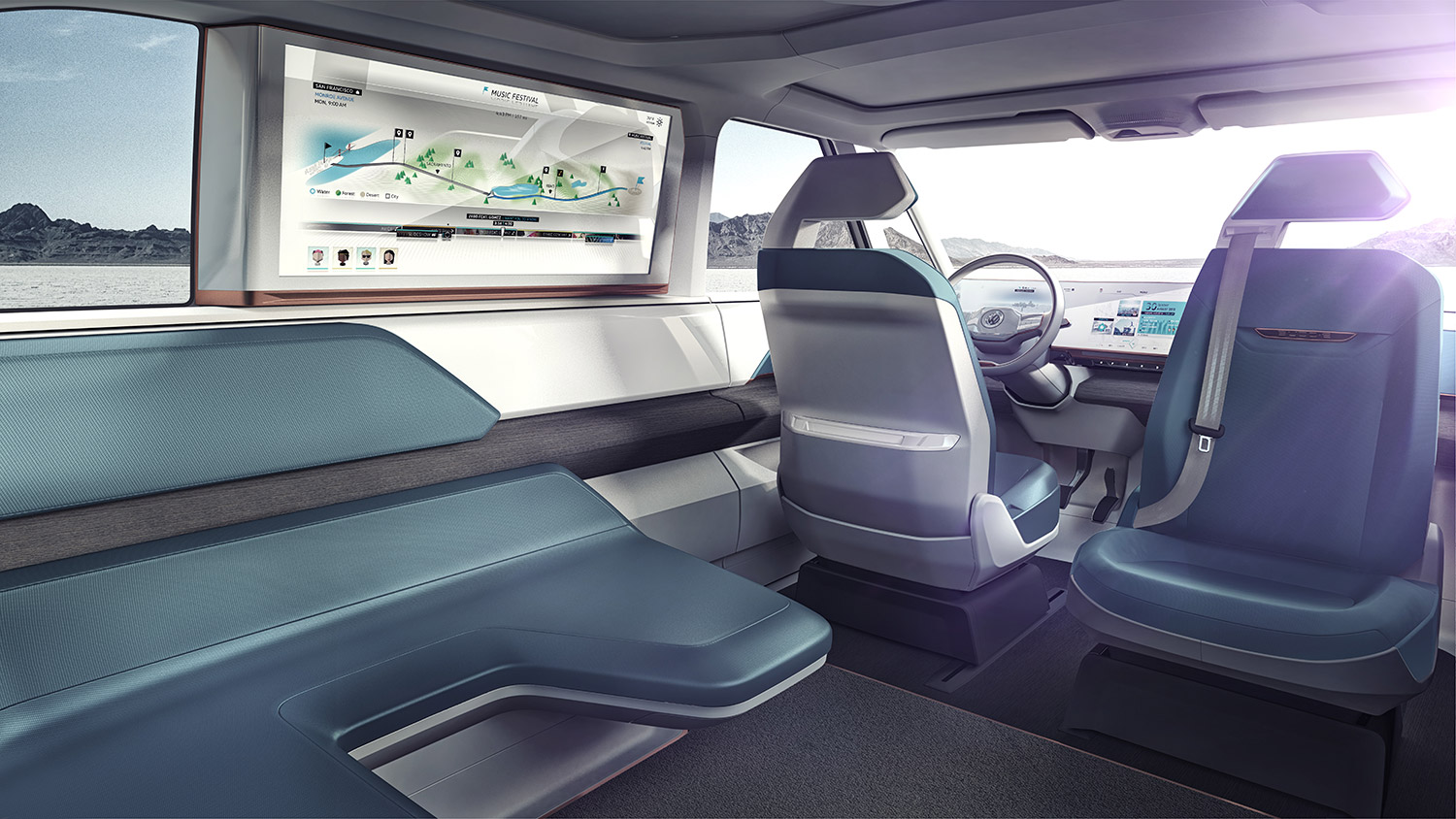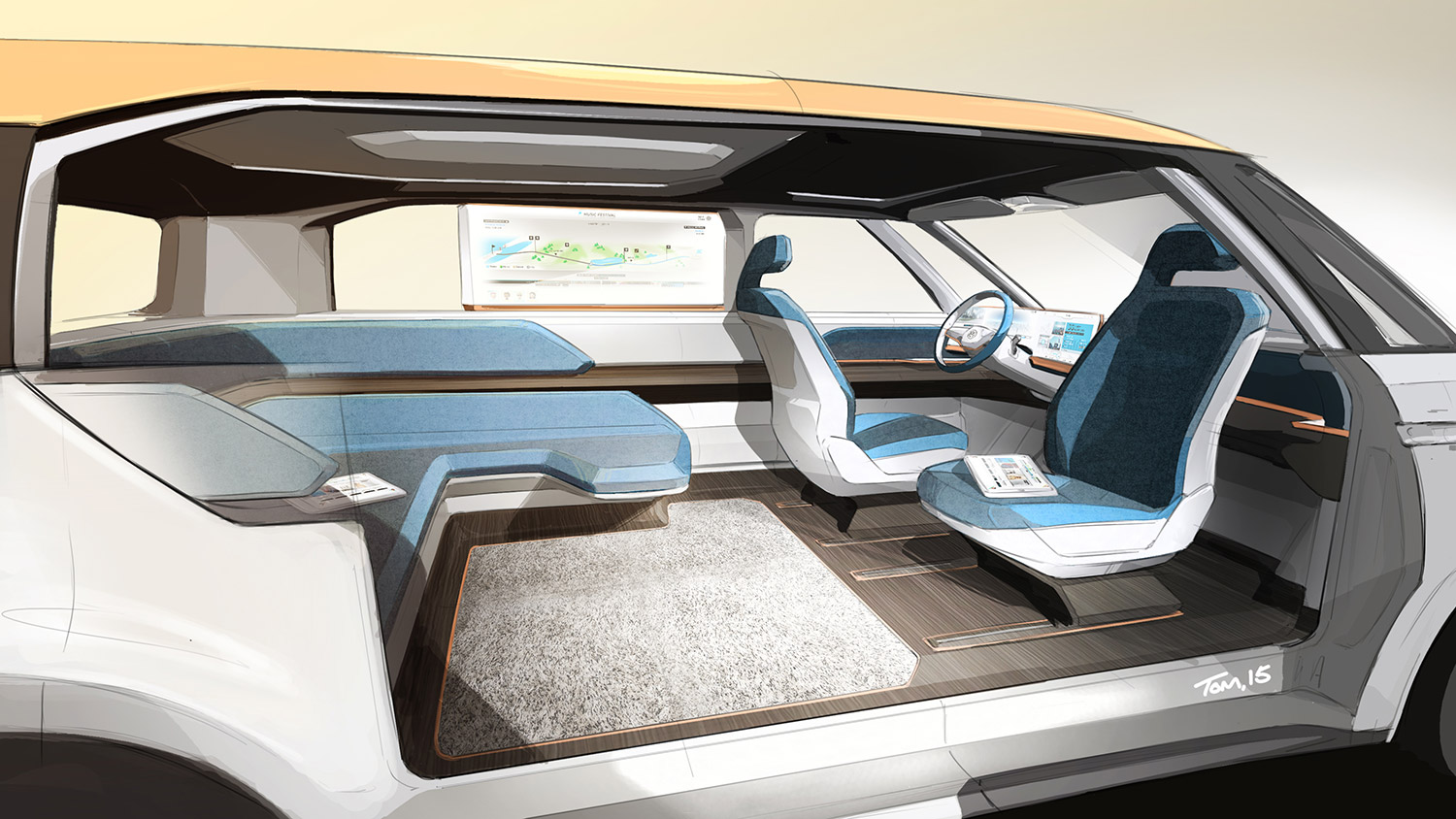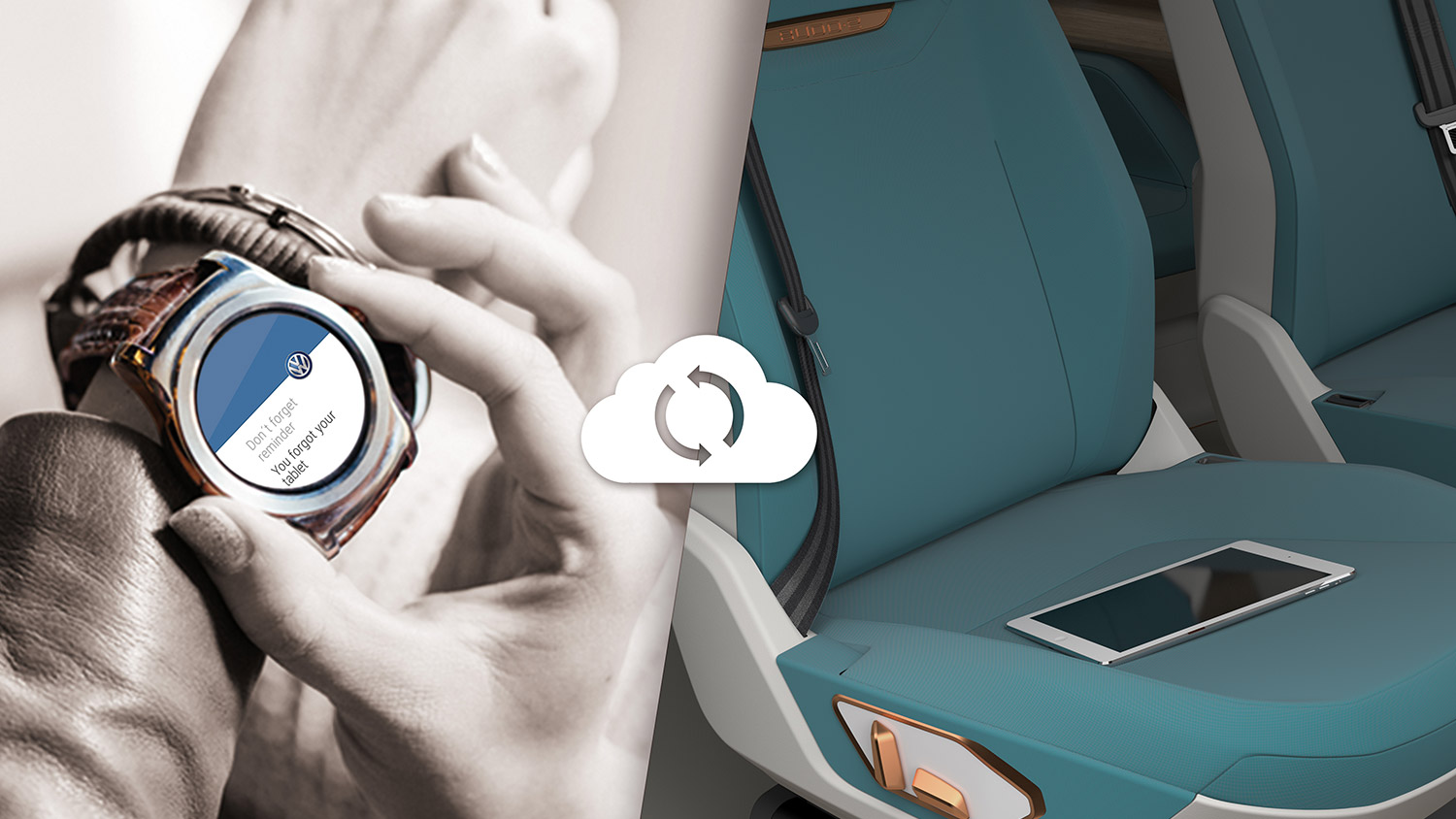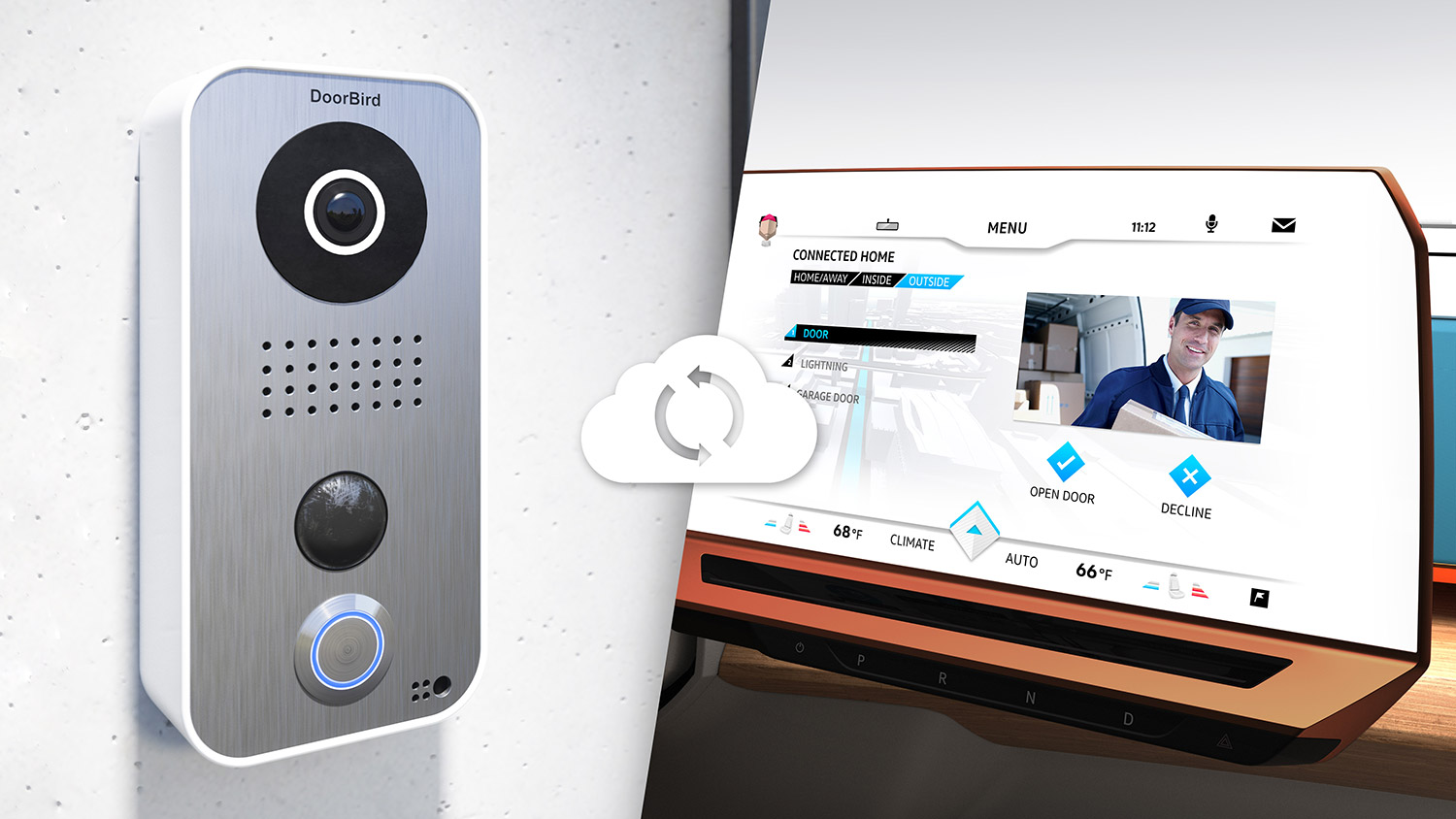The North American International Auto Show (NAIAS) kicked off this week in Detroit, featuring the usual array of swoopy new vehicles and concepts that were all downright sexy. But the interesting developments in the automotive world took place not in Detroit but in Vegas, at CES.
Sorry, Detroit, but Vegas was better.
CES saw the reveal of the new Chevy Bolt, a ground-breaking all-electric car from GM that’s bound to transform the space because it solves the price and range problems that have held EVs back. With the 2012 debut of the Model S, Tesla kicked the electric car renaissance into high gear, but the price of entry was high. The Nissan Leaf’s lower price helped bridge the divide, but its range was low, at about 80 – 100 miles per charge. The Bolt will turn electric cars into a mass market product accepted by the mainstream. With a 200-mile range and a $33,000 price tag (after the $7,500 government rebate, it will sell for under $30K), this is a high-tech ride for the masses.
It’s as if the show’s creators, and everyone at the show, were simply burying their heads in the sand.
Then there’s the Volkswagen BUDD-e concept car, a revamp of the famous VW bus from the 60s with a slew of high-tech features. The doors open with a wave of your hand, the trunk opens when you step near it, and the interior is a high-tech paradise of infotainment screens. Get this: there’s an “e-Mirror” display that integrates feeds from two external cameras, and a multifunction steering wheel that uses haptic feedback instead of buttons and switches.
The concept was the talk of the show, but did VW even bother bringing it to Detroit? Nope. Instead we saw a Dune Beetle that was essentially a new trim package for the Beetle. Spoiler alert: it still looks like a Beetle.
And Ford showed off some of the technology that makes its autonomous vehicles run – LIDAR sensors that detect pedestrian and automotive traffic and help the car dodge them both. Again, it didn’t show up in Detroit. But enough talk: Here, see for yourself.
This isn’t just me complaining. I spoke to at least a dozen people in Detroit who echoed the same sentiment: tradesmen, booth workers, employees of auto companies, and even other journalists. One designer from a major car company (I won’t mention his name, for his sake) spelled it out to me: “There’s no excitement here. It’s all ho hum.”
I heard the same thing from everyone. And executives from one luxury auto maker who didn’t exhibit at CES said they made a point of walking the floor to talk to the suppliers and manufacturers that were in Las Vegas, and maybe shake some hands or strike some deals. You’d better believe the folks in Detroit would prefer to have those conversations at NAIAS.
See also: The Chevy Bolt wins Digital Trends Top Tech of CES 2016 award
Sure, there were nice looking vehicles in Detroit. A new concept car design from Acura had us all oohing and aahing — although it looks decidedly like something Mazda might do. And the new V8-powered Lexus LC 500 is certainly worth drooling over. And then there was this:
How cool is this? Neat stuff from ZF #NAIAS https://t.co/CxqZwwtD8f
— Jeremy Kaplan (@SmashDawg) January 12, 2016
But the word on everyone’s lips is autonomous, as in self-driving cars, and I didn’t hear it once from the car companies in Detroit, as if the show’s creators, and everyone at the show, were simply burying their heads in the sand, ignoring the massive change sweeping through the automotive space. Change? Forget about it! We’ve improved our gas mileage a little!
The trade group behind the annual CES consumer electronics spectacle recently changed its name from CEA, short for Consumer Electronics Association, to CTA, or Consumer Technology Association. The name change was meant to reflect the growing importance of non-electronics to the show. I think the CTA was thinking mainly of website, credit cards, and services.
But if you ask me, CTA also stood for Car Tech Association this year.
See also: General Motors is delaying its semiautonomous driving technology
The website for the Detroit Auto Show loudly proclaims the show a center of technology and innovation: “As the automotive industry drives into the future, Detroit remains in the driver’s seat and NAIAS is the destination where next-generation products and technologies continue to make their world debuts.”
That’s certainly what they’d like. But unfortunately, that isn’t even a virtual reality.
Editors' Recommendations
- New York International Auto Show canceled for 2020
- New York Auto Show postponed due to coronavirus concerns
- What I saw at the LA Auto Show gives me hope for humanity
- Everything to get excited about at 2019 LA Auto Show
- Volkswagen aims for value with its updated 2020 Passat sedan
